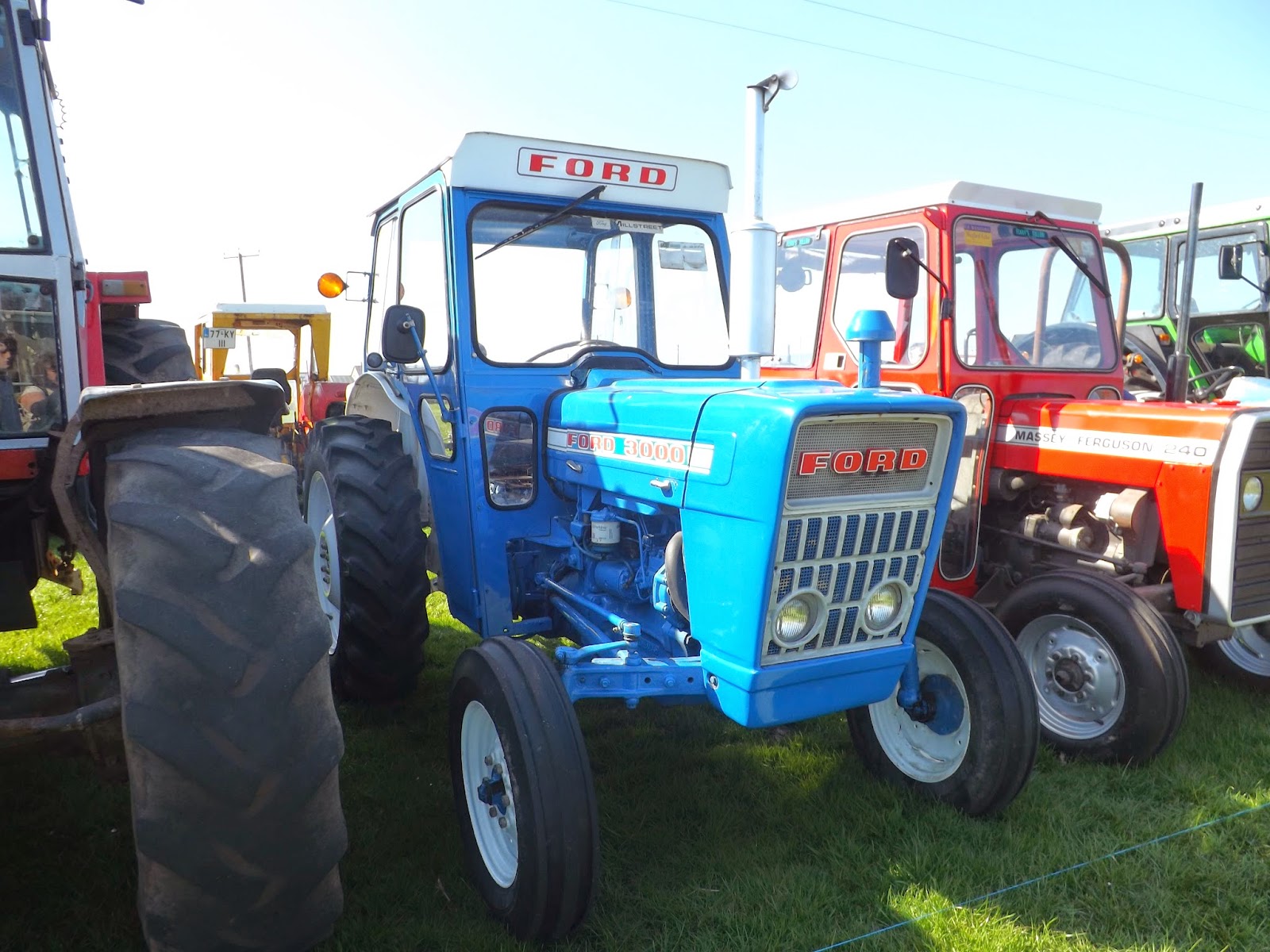We went to a car boot sale the other day. I always go look looking for old copper kettles, brass, heavy rock records, gardening books and tools and anything else that catches my fancy. It's bit like going in one of those cheap supermarkets. You pay 27p for a can of 'al cheapo' baked beans. Then you walk down the middle aisle and pick up up a 50 inch colour television and pay 500 quid. Not quite but you know what I mean?
I found these 2 murky looking Victorian brass candlesticks. They soon polished up well (see the one on the right) with some 'Brasso' and some good old elbow grease. Anybody know a good home made brass and copper cleaner?
I asked the lady car boot seller what she wanted for them?
Seller:
"I want fifteen Euro for them."
"They are Victorian, you know".
"Yeah I know."
Says me.
I didn't bother haggling. They were worth 15 Euros. That's about 12. 50 in Sterling. Brass isn't worth a lot at the moment. You can pick up some really old Victorian brass on Ebay very cheaply. I won't be selling them though. They can go with my other 4 brass candlesticks. That's more clutter for our little house on the smallholding. Said it before we should have lived in the past. Preferably on a large country estate with a farm and walled kitchen garden.
What's your best find on a car boot sale?
I found these 2 murky looking Victorian brass candlesticks. They soon polished up well (see the one on the right) with some 'Brasso' and some good old elbow grease. Anybody know a good home made brass and copper cleaner?
I asked the lady car boot seller what she wanted for them?
Seller:
"I want fifteen Euro for them."
"They are Victorian, you know".
"Yeah I know."
Says me.
I didn't bother haggling. They were worth 15 Euros. That's about 12. 50 in Sterling. Brass isn't worth a lot at the moment. You can pick up some really old Victorian brass on Ebay very cheaply. I won't be selling them though. They can go with my other 4 brass candlesticks. That's more clutter for our little house on the smallholding. Said it before we should have lived in the past. Preferably on a large country estate with a farm and walled kitchen garden.
What's your best find on a car boot sale?
.JPG)





















